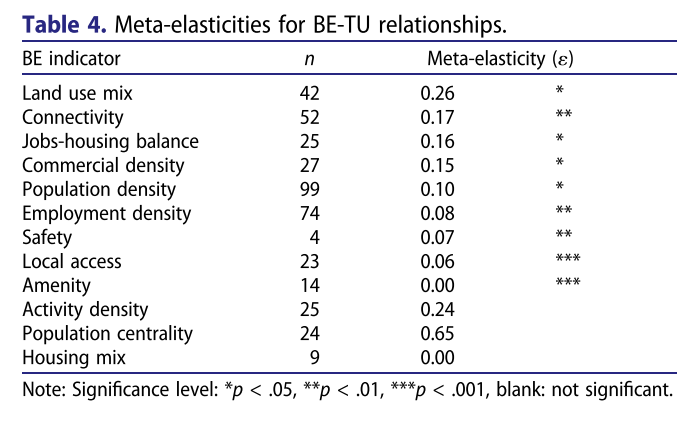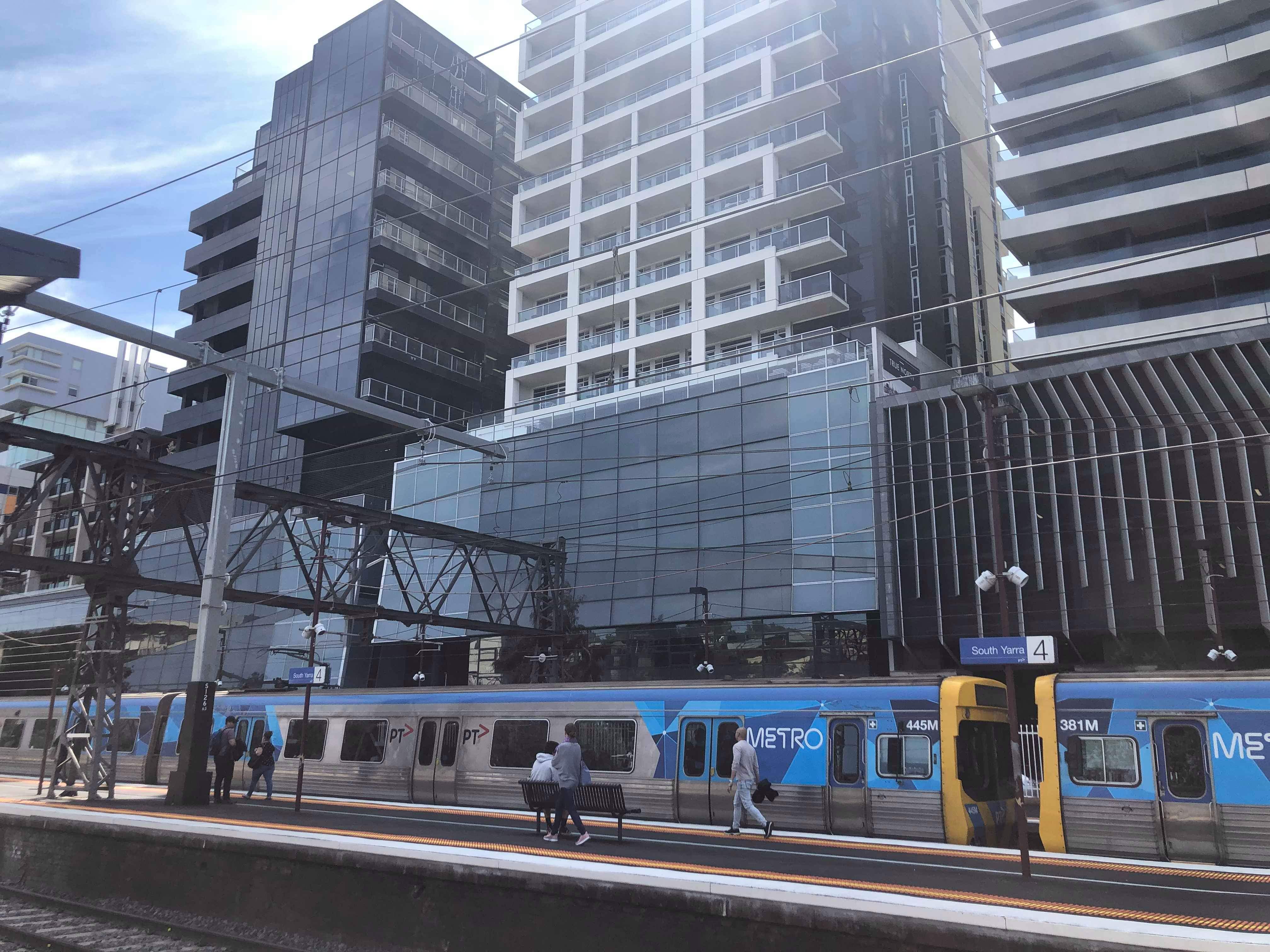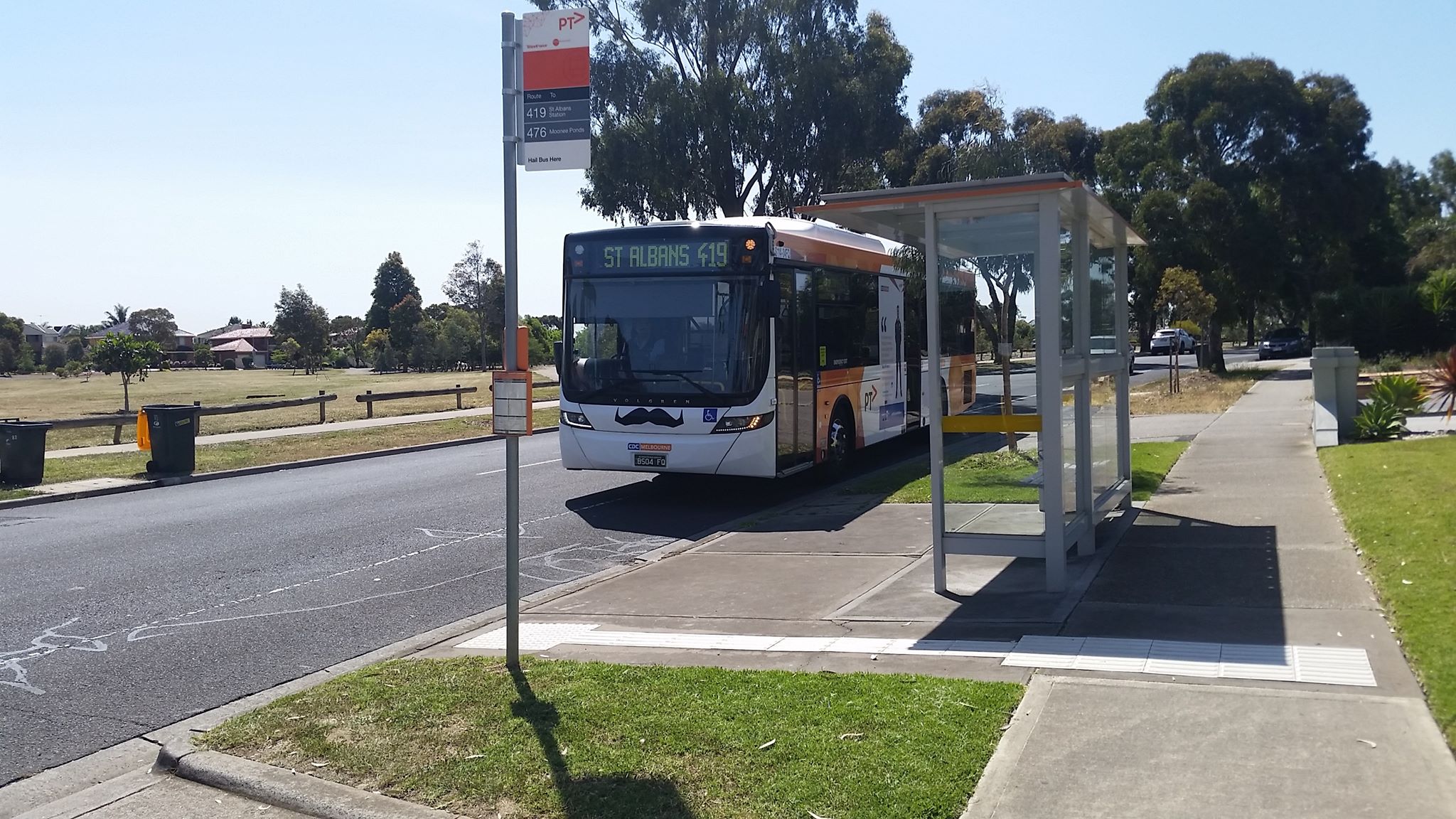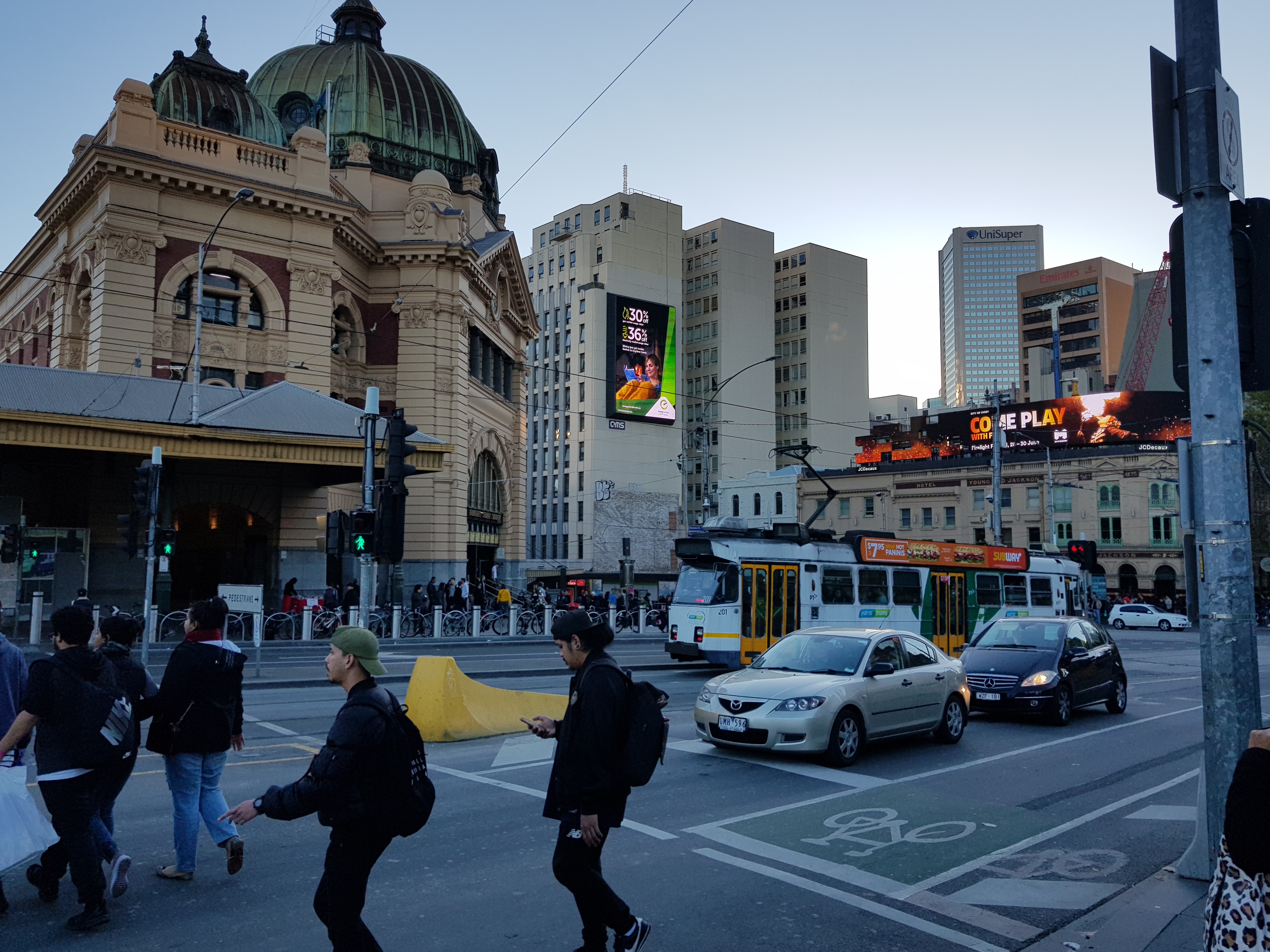RT19 – Laura Aston – Linking the built environment to train, tram and bus use
Researching Transit – Episode 19
Published: December 2020
Keywords: built environment, urban form, density, diversity, design, public transport, transit modes, bus, train, tram, Melbourne, Amsterdam, Boston
In today’s show, Graham turns the tables on Laura, delving in to her research which unpacks the relationship between the built environment and public transport use.
Laura starts by providing some context about the role of land use in influencing travel demand, before defining the term “built environment” in the context of travel behaviour.
Land use is the fundamental unit of demand for transport within cities, and Public transport is at its most efficient when it is integrated with the surrounding land use. When it comes to making choices about which mode to use to travel, there are a broader set of built environment characteristics that affects choice; such as
· land use intensity,
· pedestrian permeability and amenity,
· land-use mix and
· the accessibility of destinations.
Laura charts a brief history of transport and land use research and policy. They have in common a goal of understanding – or creating – transit-friendly, walkable neighbourhoods that reduce the need to travel. It’s a topic that has been turbocharged by COVID-19; in the interest of reducing crowding while ensuring people are able to fulfil their daily living necessities and enjoy a high quality of life in their neighbourhood.
“Space in cities is at a premium and transport corridors allow for efficient movement of people.”
Despite an abundance of research, or perhaps because of it, there remains a lack of clarity about the importance of different built environment factors for encouraging transit use. A variety of contextual factors mediate the relationship, making it hard to attribute changes in demand for transit to the built environment. Because of differences in network coverage, pricing and even social norms, certain factors can be more or less important in different locations. To get a sense of the average impact of various aspects of the built environment, such as population density, land use diversity and safety on transit use, Laura undertook a meta-analysis of almost 150 research studies from around the world. Meta-analysis is an effective approach to understand impacts in a way that accounts for differences in the study locations. Findings from the study, including meta-elasticities for a range of built environment factors, are documented below and linked in the associated paper at the end of these show notes (1).
 Source: (1) Aston, L, Currie, G, Delbosc, A, Kamruzzaman, M & Teller, D 2020, 'Exploring built environment impacts on transit use - An updated meta-analysis', Transport Reviews. https://doi.org/10.1080/01441647.2020.1806941
Source: (1) Aston, L, Currie, G, Delbosc, A, Kamruzzaman, M & Teller, D 2020, 'Exploring built environment impacts on transit use - An updated meta-analysis', Transport Reviews. https://doi.org/10.1080/01441647.2020.1806941Another gap Laura sought to address was whether there were significant differences in the predictors of transit use by mode. Laura sought to understand whether demand for urban bus use was associated with a different set of urban form features compared to rail. However, exploring this question required first addressing pre-existing bias in the location of different modes in a network. For example, bus, by virtue of its flexible routing, usually provides more coverage in lower density areas away from mixed-use activity centres than rail. The first empirical study in Melbourne addressed this mode location bias and identified that the demand models for individual modes were different (2). This was affirmed by further analysis that drew on an even larger dataset spanning three multimodal transit networks, complementing the Melbourne dataset with rich data for Boston and Amsterdam’s urban form and transit ridership. In fact, few factors are common between modes across the study areas.
“[transit] mode is one of the contextual factors that needs to be taken into account when you are trying to accurately predict demand, or build models for planning”.
Laura shares some of the detailed findings for individual modes, such as the strong association of light rail with commercial density. Although time and again, the built environment proves to be a better explainer of demand for rail, this research highlighted that bus demand also shows a significant link to urban form. Better understanding the psychological pathways by which the built environment affects perceptions about bus travel may provide a key to unlock successful bus-oriented development.



Images by Claire, Rachel and Laura Aston
Publications mentioned in today’s show include:
- Aston, L, Currie, G, Delbosc, A, Kamruzzaman, M & Teller, D 2020, ‘Exploring built environment impacts on transit use – An updated meta-analysis‘, Transport Reviews.
- Aston, L, Currie, G, Kamruzzaman, M, Delbosc, A, Fournier, N & Teller, D 2020, ‘Addressing transit mode location bias in built environment-transit mode use research‘, Journal of Transport Geography, vol. 87, no. July 2020.
- Aston, L, Currie, G, Delbosc, A, Kamruzzaman, M & Teller, D 2020, ‘Study design impacts on built environment and transit use research‘, Journal of Transport Geography, vol. 82.
Check out other great mass transit podcasts, and subscribe for instant downloads by visiting Feedspot’s Top 20 list.
Sign up for updates when we release shows: http://eepurl.com/g9tCdb
Music from this episode is from https://www.purple-planet.com
- Date December 13, 2020
- Tags Laura Aston, Podcast
